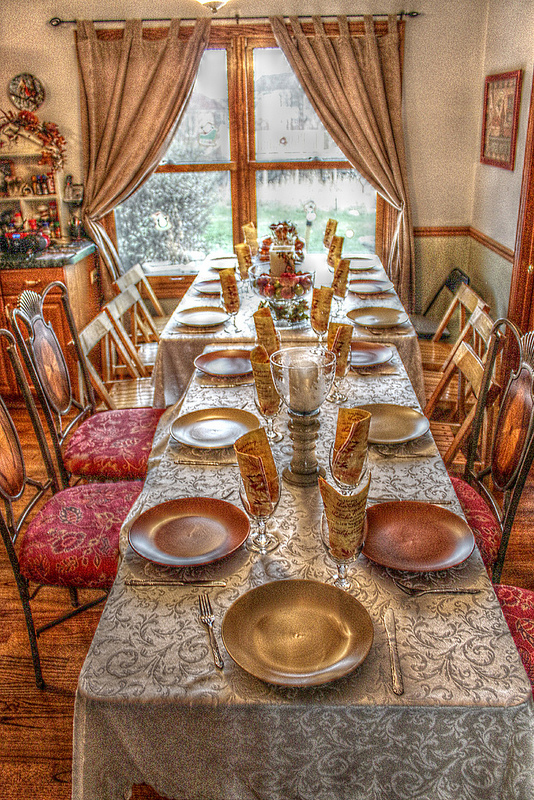We already know research backs up the notion that families eating around the table together has a profound impact on the quality of home and the unity of its members.
An article in the Home Renaissance Foundation said,
“…family dinners generate ‘human capital’. Kids who sit down regularly with parents and siblings do better at exams than those who don’t. Rates of substance abuse, obesity and eating disorders are also lower….It is at the dining table that we impart some of the most important lessons of life: how to tell a story, share our recollections of the day and listen politely. It is where kids should learn something about manners. Not formal etiquette, but how to behave in company. It is easy to dismiss these things as irrelevant.” Bridges & Tangents
And this from “Meals and Food”:
“Eating together, each day, without the TV or computer on, can bring so many blessings to family life. It gives your children time with you, and time with each other. It allows you to listen, to talk, and to share things. It gives rhythm and regularity to each day, and to the week – which is so important for the children. It puts the brakes on the constant rushing of modern life.
Eating together gives space for personalities to grow, for language to develop, for ideas to emerge. It gives a simple way of praying together, if you say grace before meals, and pray in thanksgiving after them. And you make sure that the children are eating well!”
But even beyond these important reasons families should make breaking bread together a priority, the table affords incredible learning opportunities with a little deliberate attention.
Here are a few ideas to ignite conversation and discussion, key components in a real education:
[bullet_list icon=”check”]
- Read an article from the newspaper and ask each one (who is old enough) if he agrees, why or why not, or some other questions pertinent to the article.
- Read a passage of Scripture and then a commentary about it (we love Matthew Henry’s). You could also have your children “narrate” or tell back what you read.
- Keep an educational/interesting facts “table book” handy and read an excerpt from it.
- Incorporate art at the table. Show a different work of art each night and ask the children to offer some interpretation about it, or read about the artist and the history of the work.
- Prepare pieces of paper ahead of time with “Did you know” facts on them. Fold them, put them in a bowl in the middle of the table, and each night a different child can take turns drawing one and sharing it.
I would love to know if your family has any ideas to make the most of table talk!
 By Kelly Crawford
By Kelly Crawford
Kelly Crawford is a mom of nine kids who has a passion for inspiring and encouraging women to build godly homes. She has been writing on her website Generation Cedar for over five years, tackling tough issues like birth control, homeschooling and the degradation of the American culture and family. Generation Cedar is named so because she desires to encourage families to raise the next generation for the glory of God–firmly planted and flourishing “like a cedar in Lebanon”. She is also a featured speaker at the 2014 Christian Heritage Conference.
“Valarie’s Home-Thanksgiving Dinner Table,” © 2013 James Zeschke, used under a Creative Commons Attribution-Noncommercial license: http://creativecommons.org/licenses/by-nc/3.0/.







